

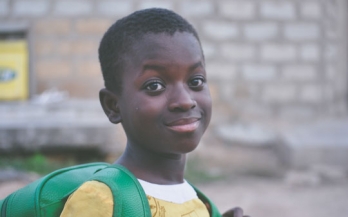
Infant and young child feeding and food-based recommendations, Gomoa East District
The research sought to identify strategies to improve the nutritional quality of the diet of infants and young children using locally available and affordable foods. Specifically, it aimed to identify a set of evidence-based, population-specific food-based recommendations that can be promoted to improve infant and young child feeding among farming communities in Ghana’s Central Region.
Infant and young child feeding and food-based recommendations, Karaga district
The research sought to identify strategies to improve the nutritional quality of the diet of infants and young children using locally available and affordable foods. Specifically, it aimed to identify a set of evidence-based, population-specific food-based recommendations that can be promoted to improve infant and child feeding practices among farming communities in Ghana’s Northern Region.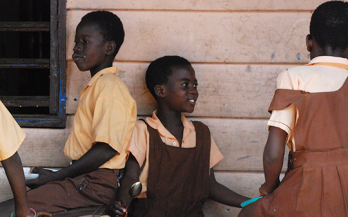
Balancing nurturance, cost and time: complementary feeding in Accra, Ghana
This paper presents a picture of the general patterns of complementary feeding behaviours in urban Ghana. This study examined the multiple factors that influence the selection of foods for infants and young children.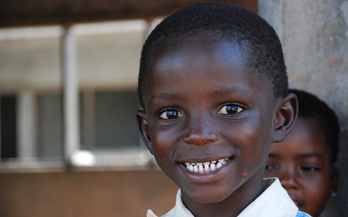
Using ethnography to identify barriers and facilitators to optimal infant and young child feeding in rural Ghana
Understanding the context of infant and young child feeding (IYCF) is recognized as essential for designing appropriate complementary feeding interventions. The objective was to study household IYCF behaviors in 2 districts in southern and northern Ghana to identify opportunities to improve existing nutrition programs.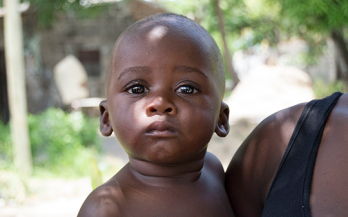
Improving the diets of infants and young children
This paper describes the focused ethnographic study on complementary feeding that was commissioned by the Global Alliance for Improved Nutrition and highlights findings from studies conducted in three very different country contexts (Ghana, South Africa and Afghanistan) burdened by high levels of malnutrition in older infants and young children.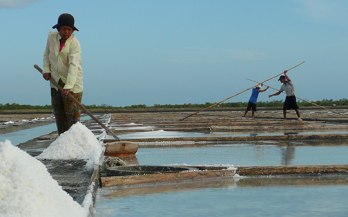
Factors associated with urinary iodine concentration
Single and multiple variable regression analyses were conducted using data from stratified, cluster sample design, iodine surveys in India, Ghana, and Senegal to identify factors associated with urinary iodine concentration among women of reproductive age at the national and sub-national level.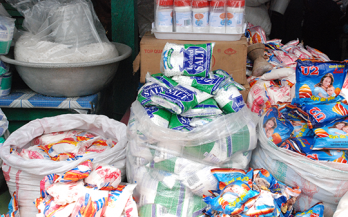
Regression analysis to identify factors associated with household salt iodine content at the sub-national level in Bangladesh, India, Ghana and Senegal
Regression analyses of data from stratified, cluster sample, household iodine surveys in Bangladesh, India, Ghana and Senegal were conducted to identify factors associated with household access to adequately iodised salt.
Household coverage with adequately Iodized salt varies greatly between countries and by residence type and socioeconomic status within countries
Household coverage with iodized salt was assessed in 10 countries that implemented Universal Salt Iodization.
2016 ReSAKKS annual conference: achieving a nutrition revolution for Africa
- Accra, Ghana
IFPRI, in partnership with AUC, is convening the 2016 ReSAKSS Annual Conference to promote review and dialogue on the CAADP implementation agenda among policymakers, development partners, researchers, advocacy groups, farmers’ organizations, private sector, and other key stakeholders from within and outside Africa.